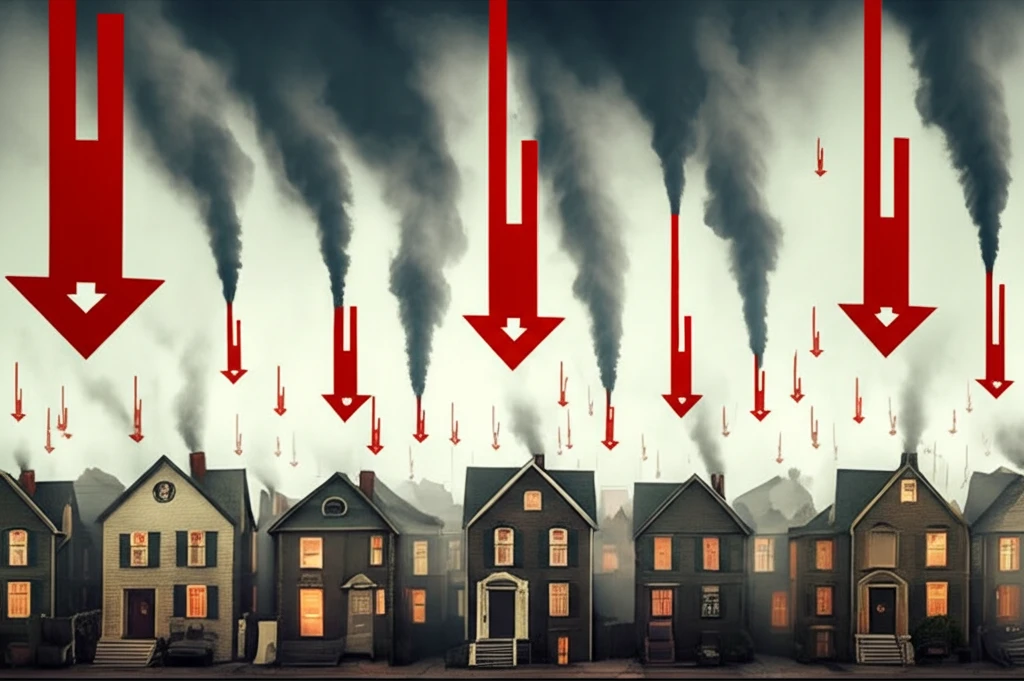
Unveiling the Hidden Costs: How Emission Data Impacts Housing Prices and What You Can Do About It
"A closer look at the European Pollutant Release and Transfer Register reveals surprising connections between environmental data and property values."
Have you ever wondered what factors truly determine the value of your home? Beyond the number of bedrooms, the size of the yard, and the quality of the local schools, there are often hidden influences at play. One such factor, increasingly recognized for its impact, is environmental information, specifically data related to pollution and emissions.
The European Pollutant Release and Transfer Register (E-PRTR) serves as a critical resource, providing comprehensive data on emissions from industrial facilities across Europe. While its primary goal is to promote environmental transparency and accountability, the data it contains can also have significant economic implications, particularly in the housing market. Understanding how this information affects property values is crucial for homeowners, potential buyers, and policymakers alike.
This article delves into the fascinating intersection of environmental science and economics, exploring how emission data influences housing prices. By examining quasi-experimental evidence from the E-PRTR, we uncover the subtle yet powerful ways in which environmental information shapes the value of our homes. Get ready to discover the hidden costs – and potential opportunities – lurking beneath the surface of the real estate market.
The Emission Effect: How Pollution Data Impacts Your Property Value

Imagine living near an industrial facility. You might be concerned about the air quality, potential health risks, and the overall environmental impact. But have you considered how these concerns translate into the value of your home? Research shows that the availability of emission information can indeed affect housing prices. When potential buyers are aware of pollution levels in an area, they may be less willing to pay top dollar for properties in that vicinity.
- Reduced Demand: Potential buyers may avoid areas with high pollution levels, leading to lower demand for properties.
- Price Discounts: Sellers may need to offer price discounts to attract buyers in areas with known emission issues.
- Increased Awareness: The availability of emission data raises awareness among residents, influencing their perception of property values.
- Long-Term Impacts: Prolonged exposure to emission information can lead to long-term adjustments in housing prices, reflecting the sustained impact of environmental factors.
Empowering Yourself: What You Can Do with Emission Information
So, what does all of this mean for you? Whether you're a homeowner, a potential buyer, or simply a concerned citizen, understanding the emission effect is crucial for making informed decisions. By staying informed about environmental data and its potential impact on housing prices, you can protect your investment, advocate for cleaner communities, and contribute to a more sustainable future. The power is in your hands – use it wisely.
